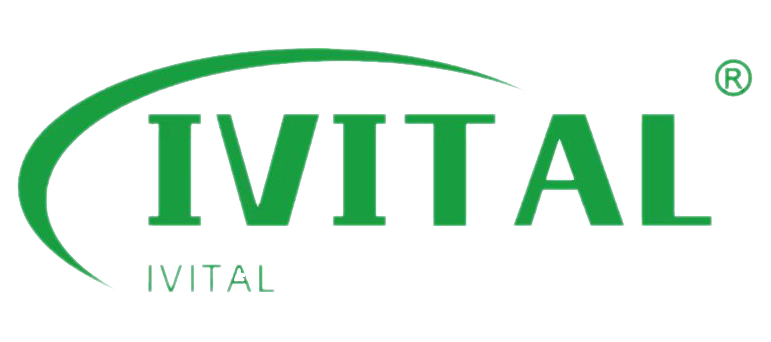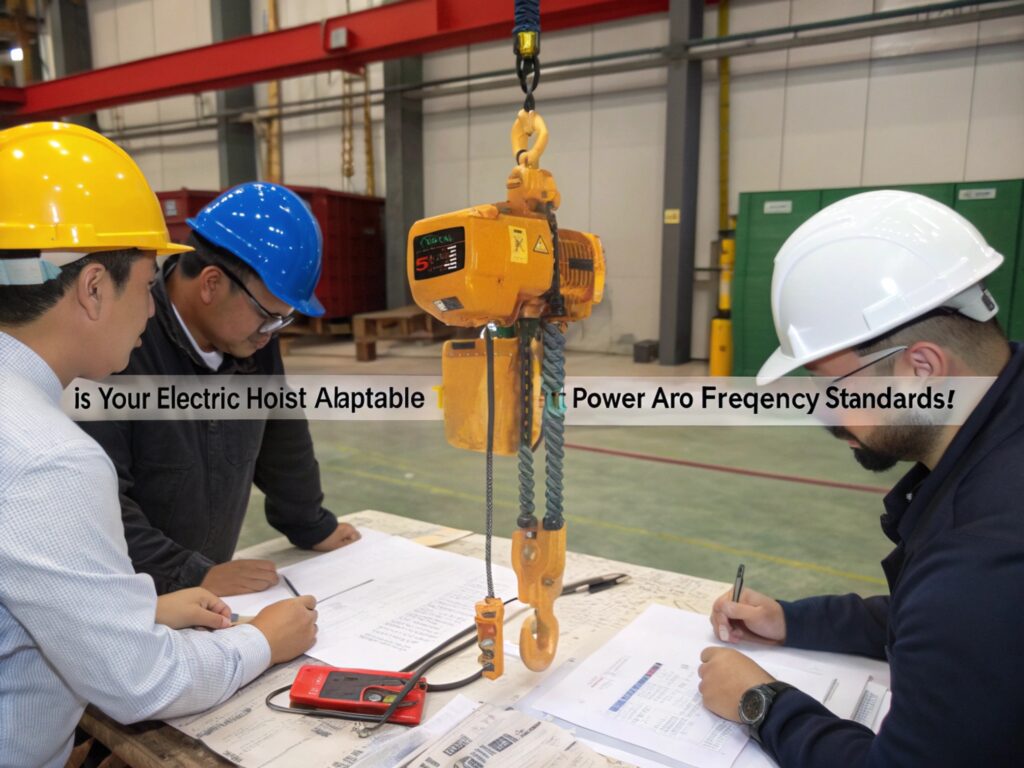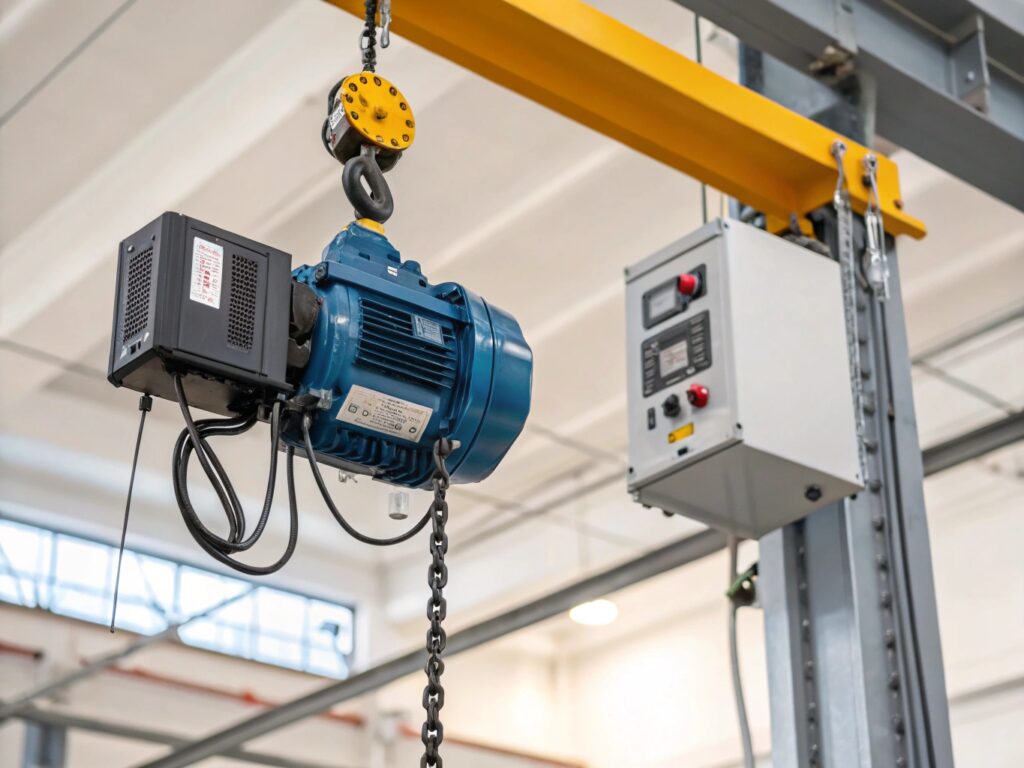
I’ve faced the challenge of ensuring that hoists work smoothly across different countries with varying electrical standards. It’s tricky but essential for a seamless operation.
Electric hoists can adapt to various power and frequency standards through variable frequency drives (VFDs). VFDs adjust the motor’s speed and torque to match local electrical conditions, ensuring efficiency and safety.
Transition Paragraph:
When I first dealt with hoists in multiple regions, I quickly learned that the right technology, like VFDs, is essential to avoid costly operational issues. Let me show you how this works.
- How Do Variable Frequency Drives (VFDs) Help Hoists Adapt to Different Power and Frequency Standards?
- How Do ISO and FEM Standards Impact Multi-Frequency Hoists?
- How to Ensure Your Electric Hoist is Compatible with Global Power and Frequency Standards?
- What Are the Inspection Requirements for Hoists?
How Do Variable Frequency Drives (VFDs) Help Hoists Adapt to Different Power and Frequency Standards?
Have you ever wondered how VFDs ensure hoists work in different countries? They’re the key to making hoists adaptable to different electrical systems.
VFDs adjust a hoist’s motor speed and torque to match the power supply frequency, allowing the hoist to function optimally in regions with 50 Hz or 60 Hz power grids.
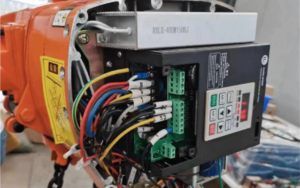
When I started working on projects involving hoists in different countries, I realized that VFDs are a game-changer. In the U.S., for example, power runs at 60 Hz, but in much of Europe and Asia, it’s at 50 Hz. At first, it felt like a headache figuring out how to make sure hoists worked across these grids. But then, I learned about Variable Frequency Drives (VFDs).
These drives are designed to automatically adjust the motor’s speed and torque depending on the local power supply frequency. Here’s how they do it:
| Region | Frequency (Hz) | How VFD Helps |
|---|---|---|
| United States | 60 Hz | VFD adjusts motor to run smoothly at 60 Hz frequency. |
| Europe | 50 Hz | VFD modifies motor speed to match 50 Hz, maintaining performance. |
| Asia | 50 Hz | Same as Europe—ensures compatibility with local 50 Hz grids. |
Without VFDs, an electric hoist might struggle to operate at full capacity, especially if the motor wasn’t designed for the local frequency. But with a VFD, the motor’s output is adjusted seamlessly to match the power supply, ensuring smooth operation across regions.
I personally experienced this during a project in Europe where the hoists initially struggled with the local frequency. Once VFDs were installed, the issue was resolved, and the hoists ran efficiently.
How Do ISO and FEM Standards Impact Multi-Frequency Hoists?
When dealing with hoists across different regions, ISO and FEM standards are crucial. They help ensure the hoist operates safely, even in regions with different power standards.
ISO and FEM standards ensure hoists are built to withstand different electrical conditions, providing safety and performance across regions with varying frequencies.
During a multinational project, I noticed that hoists from different manufacturers had varying performance levels depending on their design and adherence to standards. ISO (International Organization for Standardization) and FEM (Fédération Européenne de la Manutention) standards are what determine whether a hoist can adapt to diverse electrical systems.
Understanding ISO and FEM Standards for Hoists
- ISO standards are global guidelines that ensure hoists meet certain safety, design, and performance criteria.
- FEM standards are more specific to Europe but are also widely recognized. These standards classify hoists based on their performance and load capacities, making it easier to select the right equipment for the job.
These standards help manufacturers design hoists that can adapt to different electrical grids. For example, hoists designed under FEM standards are known to have robust safety mechanisms, which allow them to perform well in challenging environments, even when power supply conditions are not ideal.
I saw firsthand how crucial it was to choose hoists that met these standards during a project in the Middle East. The equipment we used not only adhered to these global standards but also passed rigorous local safety checks, ensuring they could handle the area’s varying frequency and power demands.
How to Ensure Your Electric Hoist is Compatible with Global Power and Frequency Standards?
I’ve had to make sure that hoists could handle different electrical conditions in various countries. Here’s how to ensure the hoists you choose are compatible with global power and frequency standards.
Choose hoists with multi-voltage or VFD options to ensure compatibility with different electrical grids. Always check the region’s power specs before buying.
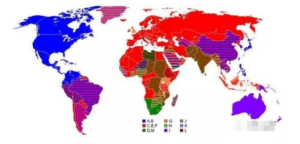
One of the most important lessons I learned early on is to always check the region’s electrical specifications before purchasing hoists. In my experience, I’ve found that multi-voltage hoists and those with VFDs are the best options for compatibility.
Key Considerations for Global Hoist Compatibility
| Region | Voltage and Frequency | Recommended Hoist Features |
|---|---|---|
| North America | 120V/240V, 60 Hz | Multi-voltage, VFD compatibility |
| Europe | 220V-240V, 50 Hz | VFD for frequency adaptation |
| Asia | 220V, 50 Hz | Multi-voltage hoists |
It’s essential to check whether the hoist’s motor and electrical components can handle the local voltage and frequency. VFDs are a lifesaver here, as they can adjust the motor’s performance to the local power conditions automatically.
I recall a situation in Africa where the hoists we used weren’t initially compatible with the local power grid. After we swapped in VFDs, the hoists adapted easily to the local power, and we avoided significant delays.
What Are the Inspection Requirements for Hoists?
Hoist inspections are vital, especially when you’re working in regions with different power setups. Let’s dive into why regular inspections matter.
Hoists typically need to be inspected every six months, ensuring their electrical components remain in good condition, especially when dealing with different power grids.
Regular inspections are essential for keeping hoists in top condition. In many countries, hoists are legally required to undergo thorough inspections every six months. These checks ensure that the hoist’s mechanical and electrical systems, including the motor and frequency compatibility, are in working order.
For example, in the UK, lifting equipment inspections are mandatory every six months. This ensures that hoists are safe to use, and that the electrical system remains compatible with local standards. The last thing you want is to have your hoist fail because it wasn’t properly maintained or wasn’t checked for electrical issues.
During my projects, I’ve learned the importance of keeping a close eye on hoists, particularly when they’re used in regions with different power standards. Regular inspections are essential, especially when the power supply is inconsistent or varies from what the equipment is designed for.
Conclusion
Making sure your hoist can adapt to different power and frequency standards is key to smooth project execution. With the right equipment and regular checks, you can avoid delays and improve performance.
